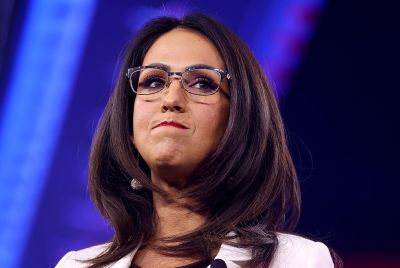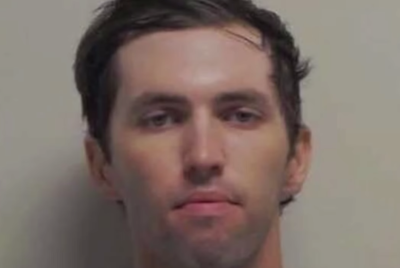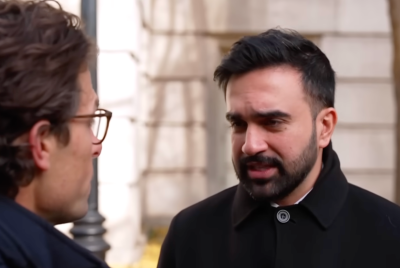Germany and nuclear power: A brave new world?
On 03 June 2011, the German magazine Stern reported that Chancellor Angela Merkel had agreed with the provincial governments (Länder) to a phased closure programme of all of Germany's 17 nuclear power plants by 2022. Mrs Merkel wants the closures to start at two-year intervals from 2015 at two plants per odd-numbered year and the final two or three plants, the most modern, in 2022.
Nearly all of the important announcements had been made on, or by 30 May 2011 but Mrs Merkel only met with her Cabinet on Monday, 06 June 2011 when these matters will start to be finalised.
It was further agreed, at the insistence of the Länders' Environmental Ministers, that any reserve power station(s) to be used in case of shortages over the next two winters should not be met by nuclear plants, as the Chancellor had originally wished, due to the suspicions of the anti-nuclear lobby that somehow the nuclear industry would be let off the hook if nuclear was seen to be making up any shortage
The Chancellor's suggestion that this so called "cold reserve" should be made up by gas and coal-fired power plants has been agreed upon. "Coal-fired" in Germany very often means brown-coal/lignite, but any environmental impact appears more acceptable than allowing even one more nuclear plant to run a day longer than absolutely necessary.
Stern reported that on cold winter days an additional requirement of some 2,000 megawatts could be required and said that the loss to the German nuclear power plant operators will be in the region of €22 billion.
The Chancellor also indicated that legislation dealing with a Repository Search - probably the "Salt Dome", Gorleben in the Wendland, North Germany - would be completed by the end of 2011.
To make certain that the Federal Government was on-message, all 16 Environmental Ministers from the Länder, pressed the Government at their meeting in Wernigerode on 27 May 2011, that the seven oldest nuclear plants, all the reactors that went online before 1981, temporarily closed following the Fukushima disaster in Japan, should remain closed and not be reconnected to the grid.
Saxony-Anhalt Environment Minister Onko Aeikens of the Christian Democratic Union (CDU), Mrs Merkel's party, confirmed that the Environment Ministers' agreement on this issue was unanimous.
On 30 May 2011, Germany's Federal Environment Minister, Norbert Röttgen, said that an eighth plant, the Krümmel nuclear power station in Northern Germany, not in service since 2009 owing to continuous technical difficulties, will remain closed for good. On the closures already made and the planned future programme, Mr Röttgen said that with regard to the coming legislation: "There will be no clause for revision."
To add to the German nuclear industry's woes, the Government's tax on spent fuel rods, which is expected to raise €2.3 billion a year starting in 2011, will remain in force. Germany's nuclear power companies are Vattenfall, E.ON and RWE.
Some think the proposed measures are not strict enough. Baden-Württemberg State Environmental Minister, Franz Untersteller, said at the Wernigerode Conference: "An exit (from nuclear power) during this decade is very doable."
Concerns, however, have been raised by Germany's Federal Networks Agency which regulates the country's utilities. In a statement issued on 27 May, 2011, it warned that the grid may struggle to cope as the shutdown of the nuclear plants already "brings networks to the limit of capacity" and points out that Germany has since become a net energy importer instead of exporter.
Many Germans worry about the closures' implications for a rise in energy costs and German business leaders have expressed fears that they could be placed at a disadvantage if the country's electricity costs rise in a period when alternative sources, such as wind and solar, are not on stream.
Currently 23 per cent of Germany's energy requirements come from nuclear power and 17 per cent from renewables. It is the Government's intention to make efficiency savings through better technology and design and to increase renewables' share to 35 per cent by 2022.
Only about 30 per cent of the German population believe that the Government is sincere in its desire to phase out nuclear energy from Germany's power mix and there is no doubt that the CDU/FDP ruling coalition came late in the day to abandoning nuclear.
Political pressure became particularly fierce after the Fukushima I nuclear reactor explosions in March 2011. The fact that the 40 year-old plant withstood a 9.0 magnitude earthquake and it was a giant tsunami that breached its protecting seawall which caused the damage, has cut very little ice it would seem with the German public.
Mrs Merkel, in late March this year was to see her CDU lose power in Baden-Württemberg, a State where they had held power for decades, to the SPD - Socialist -/Green Party coalition. Although the CDU remains the single-largest party with 60 seats, their Free Democratic Party (FDP) "Liberals", crashed and they only won seven seats, not sufficient to beat the 71 seats of the SPD/Green alliance.
Earlier in March the CDU hung on to the top spot with a 3.7 per cent fall in their vote, though a gain of one seat but had seen their FDP ally crash to just 3.8 per cent of the vote and lose all seven of their previous seats held.
On 22 May 2011 in Bremen, the City State which has just given the vote to 16 and 17 year-olds, the SPD was returned as the largest party to no-one's surprise, but the shock was that the Greens beat the CDU to gain second place and the FDP lost all five of their previously held seats. It would appear that 2011 is not a year for Liberals!
Fortunately for Mrs Merkel, she has ample political time to mend the damage that her recent and abrupt U-turn on nuclear policy, caused by a Japanese natural disaster, has done to her previously very strong political reputation. She will no doubt be keeping her fingers crossed for lots of nature's sunshine and wind to come Germany's way!
© Copyright IBTimes 2025. All rights reserved.




















